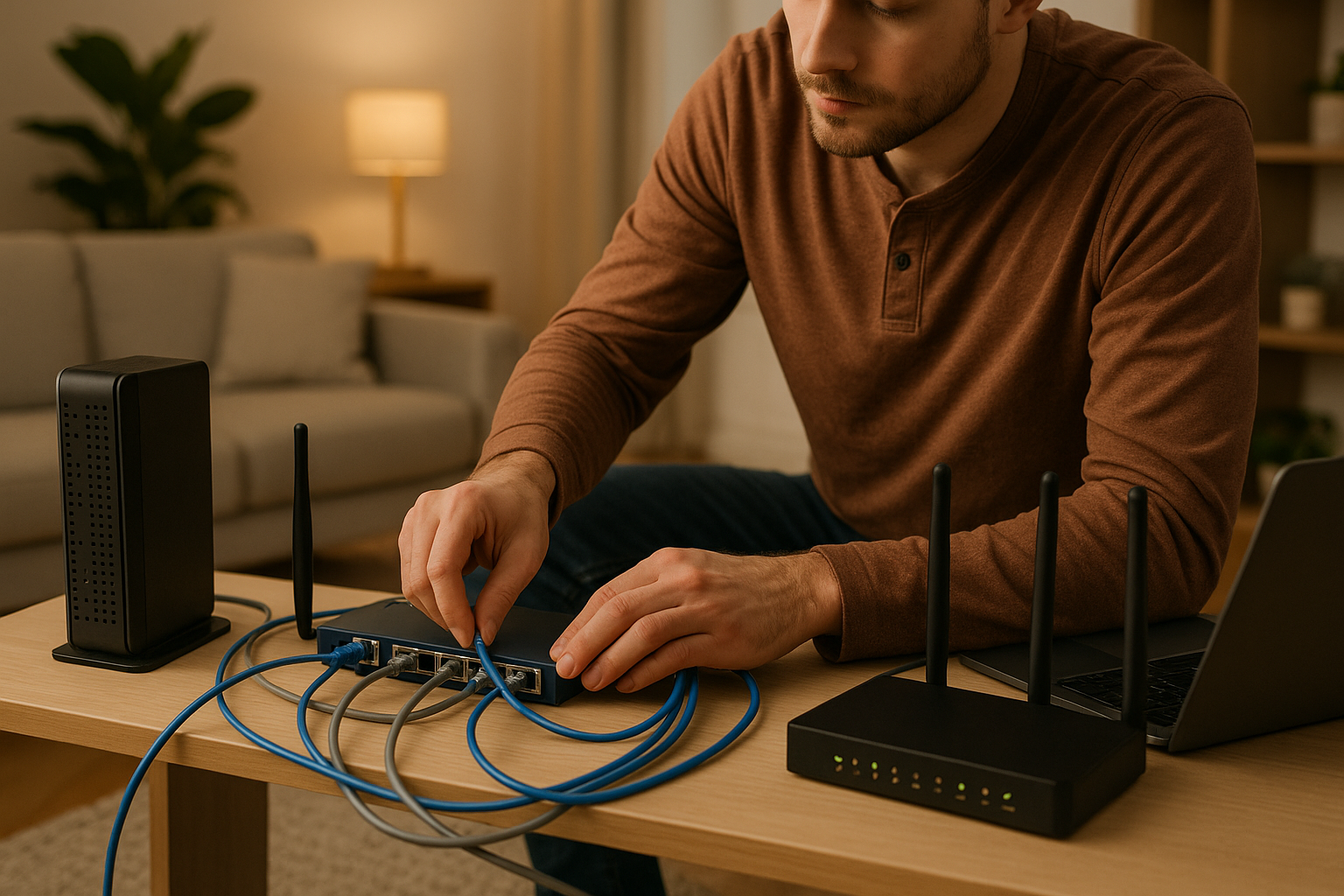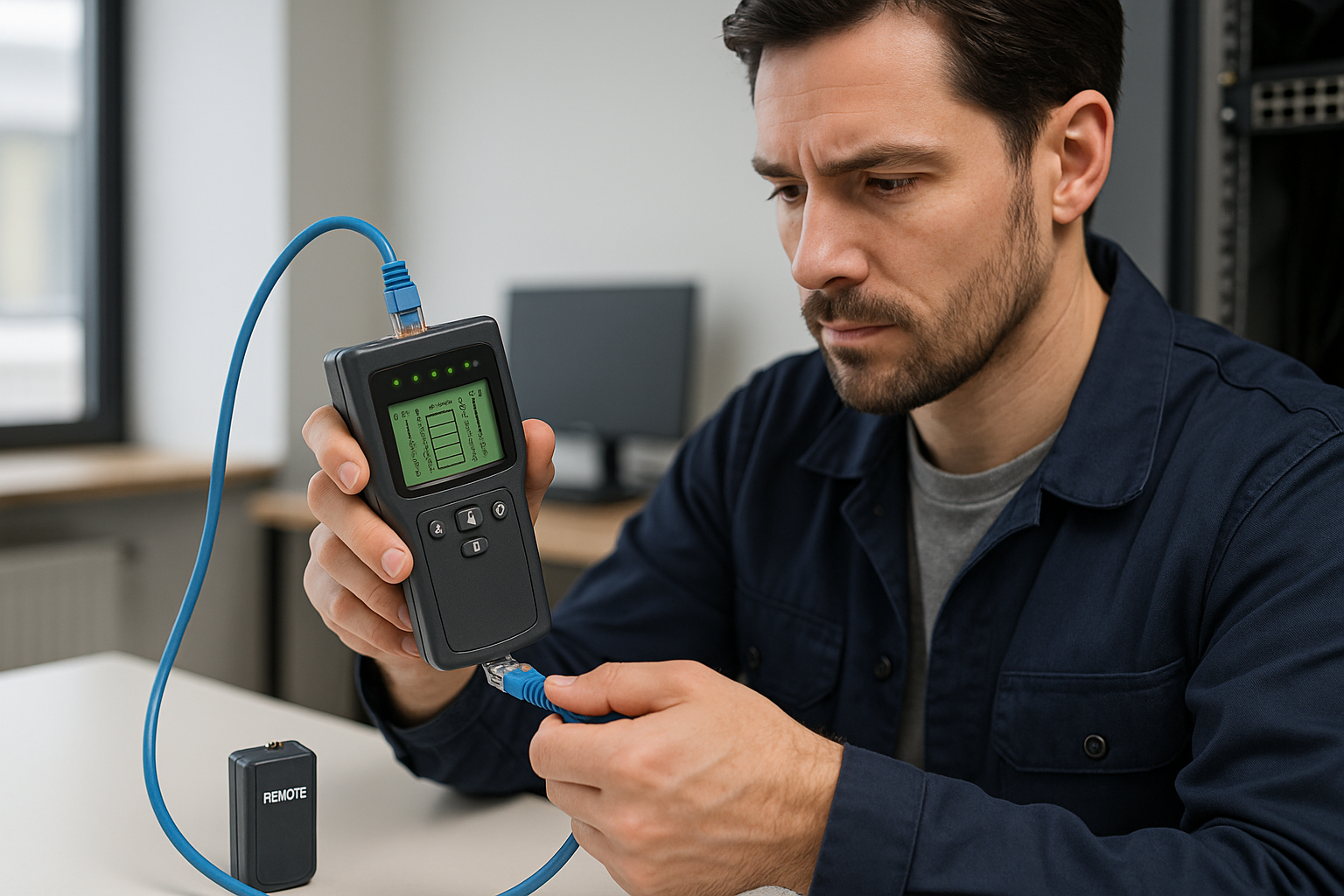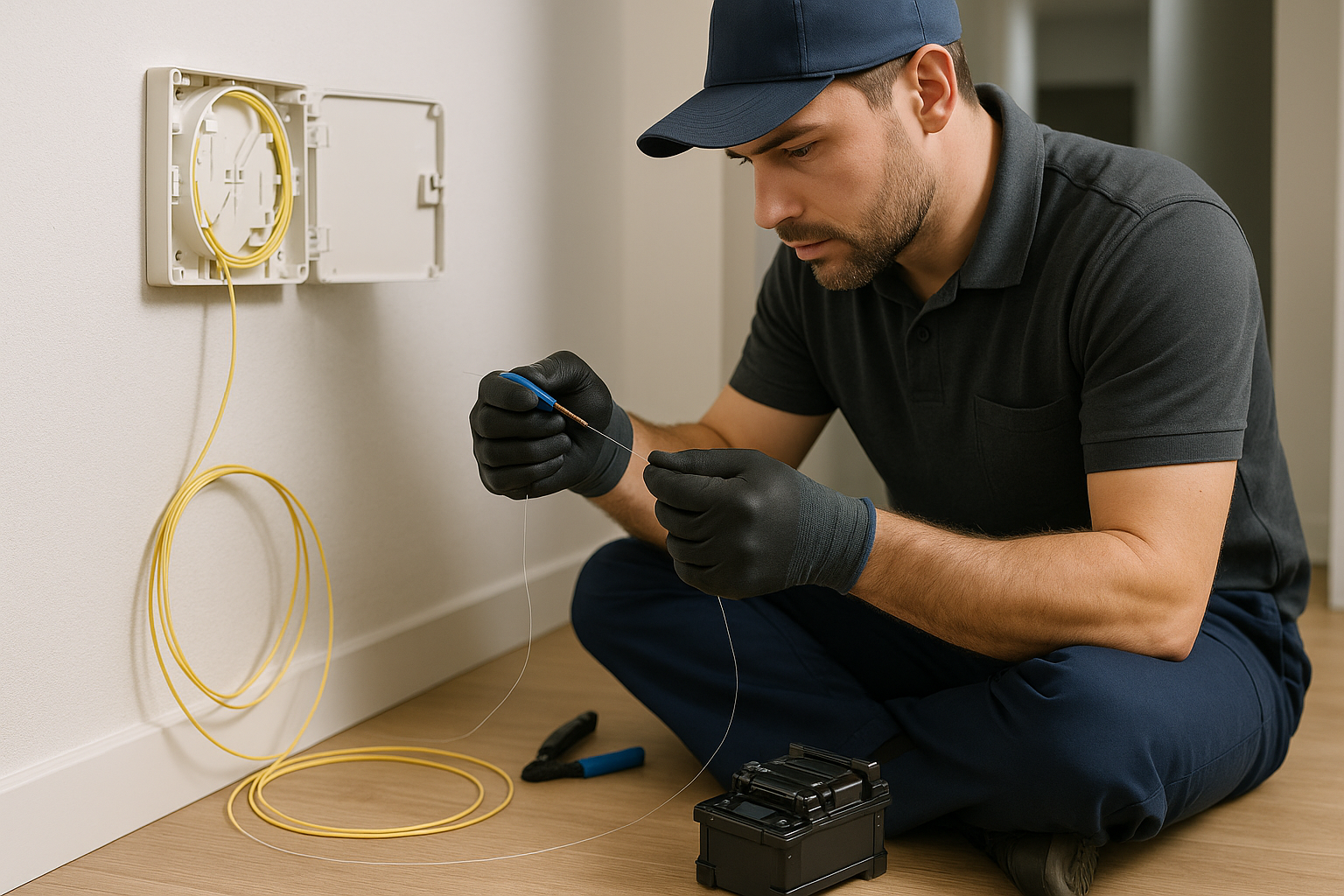What is a Cat cable and what variants are there?
- , by Hannibal Tor Nielsen
- 4 min reading time

If you read 'Cat' on a cable, it means 'Category'. The number behind the 'Cat' indicates the quality of the cable, in terms of speed, bandwidth, signal loss and shielding.
If you read 'Cat' on a cable, it means 'Category'. In the case of network cables, these are categories of performance. The number behind the 'Cat' indicates the quality of the cable, in terms of speed, bandwidth, signal loss and shielding.
TIP: Buy the right network cable in our webshop!
Below we describe the most important category of cables from old to new.
Cat.1 and 2 cables
Category (Cat.) 1 cables are the network cables with which telecommunications began (Class A). A single twisted pair of copper wires, suitable for the telephone network. Called 'POTS' in English, Plain Old Telephone Systems. This used to be in the wall of every home and office. The speed is a maximum of 1 Mbps (bandwidth 0.4 MHz) and therefore cannot send data.
Cat. 2 cables (class B) have 4 pairs of twisted strands. The speed increased to no less than 4Mbps (bandwidth 4Mhz). That was enough for a fax, for example.
Cat.3 cables
A cat. 3 cable has a maximum speed of 10Mbps, with a bandwidth of 16Mhz (class C). This cable is also known as 'station wire'. Intended to reach multiple rooms from 1 transmitter. Handy for a school or a fire station, for example. The Cat3 cable was used as a network cable in the early 1990s. The Cat3 cable still has a TIA-568-C certificate, because Cat3 cable is still used as a standard telephone wire. This category of cable is too slow for modern computer networks.
Cat.4 cables
The Cat.4 cable has more speed compared to Cat.3 cables, at 16Mbps (at 20Mhz). With cat4 the speed was also guaranteed up to a maximum length, namely up to 100 meters. It was previously used in networks such as the Token Ring (introduced by IBM in 1984, which later became the IEEE 802.5 standard for Ethernet) and the first 10Base-T networks. Cat.4 is no longer used nowadays.
Cat.5 and Cat.5e cables
Category 5 cables have been the most commonly used Ethernet cable since 2001. This is where it gets interesting. If you have one lying around, it's most likely a Cat. 5. There is also the Cat5 E (enhanced) cable (class D). It is better protected against crosstalk and radiation. Both have 100Mhz bandwidth, but Cat5e has 10x faster speed (1Gbps vs. 100Mbps). Therefore, Cat5e is usually used in large systems 100Base-TX (Fast Ethernet), and 1000Base-T (Gigabit Ethernet). Cat.5 is still a good cable for normal network speeds. Check all Cat.5e network cables here .
Cat.6 and Cat. 6a cables
Category 6 (Cat6) is the fast and stable network cable for Gigabit networks. The cable is backwards compatible with Cat3, Cat5 and Cat5e cables in a network. Cat6 (class E) has a much higher specification than Cat5 (class D). If you keep the Cat6 cable under 37 meters (121 feet), you get 10Gbps speed at 250Mhz bandwidth. If the cable is longer, you still have 1 Gbps. In addition, it is much better protected against interference and radiation, making data transfer very stable.
Cat6a is a bit faster (class EA), with the A for 'augmented'. Which means a doubling of the bandwidth, up to 500Mhz. Even the most demanding applications have sufficient speed with a Cat6a cable.
Choose the correct Cat.6 cable here. Or view the Cat.6a overview here.
Cat.7 cables
A Cat 7 network cable is a bit of an odd one out. It was specially designed for the fastest connection to the Internet. Namely 10 Gigabit at 600Mhz (called class F). But only with specific connectors. And that makes it almost unusable. Because Cat6A was designed more or less at the same time and it achieves 10 Gigabit at 500Mhz, but with normal connectors. So much easier to use. The Cat7 network cable can make just that little bit of difference for some networks (if you have that special connector on your devices and cable). But you can already achieve 99% of the speed with Cat6A, so why make it difficult.
These are the different categories of network cables and their main properties. Within each category there are different variants with, for example, more or less protection. In short, there is quite a lot to choose from. Do you know what you want? Buy your cable in our webshop!
Tags
Related categories
Check out our other blogs
-

, by Jarno Heideman How do you easily set up a home network yourself?
-

, by Jarno Heideman What are the color codes of UTP cables and how do you use them correctly?
-

, by Jarno Heideman How do you test a UTP cable without making mistakes?
-

, by Jarno Heideman How do you connect fiber optic yourself without any hassle at home?








